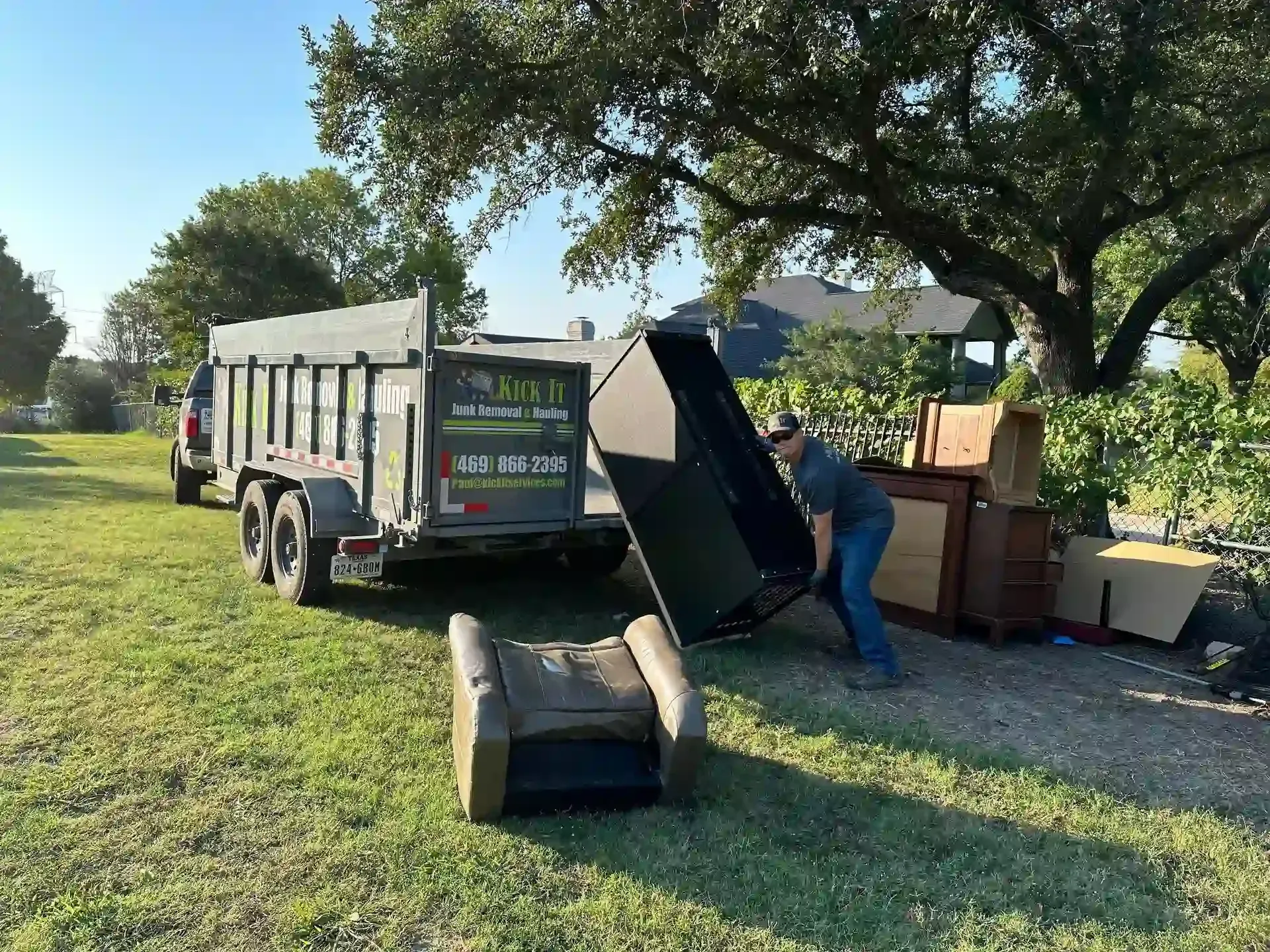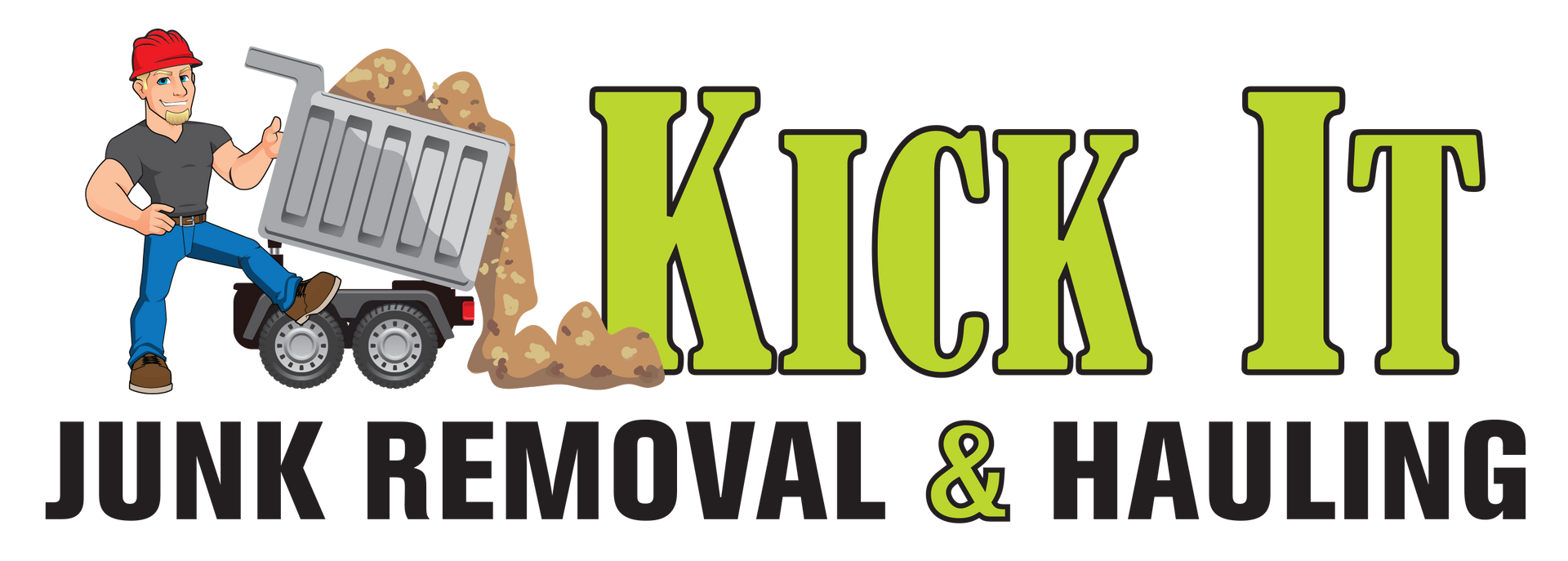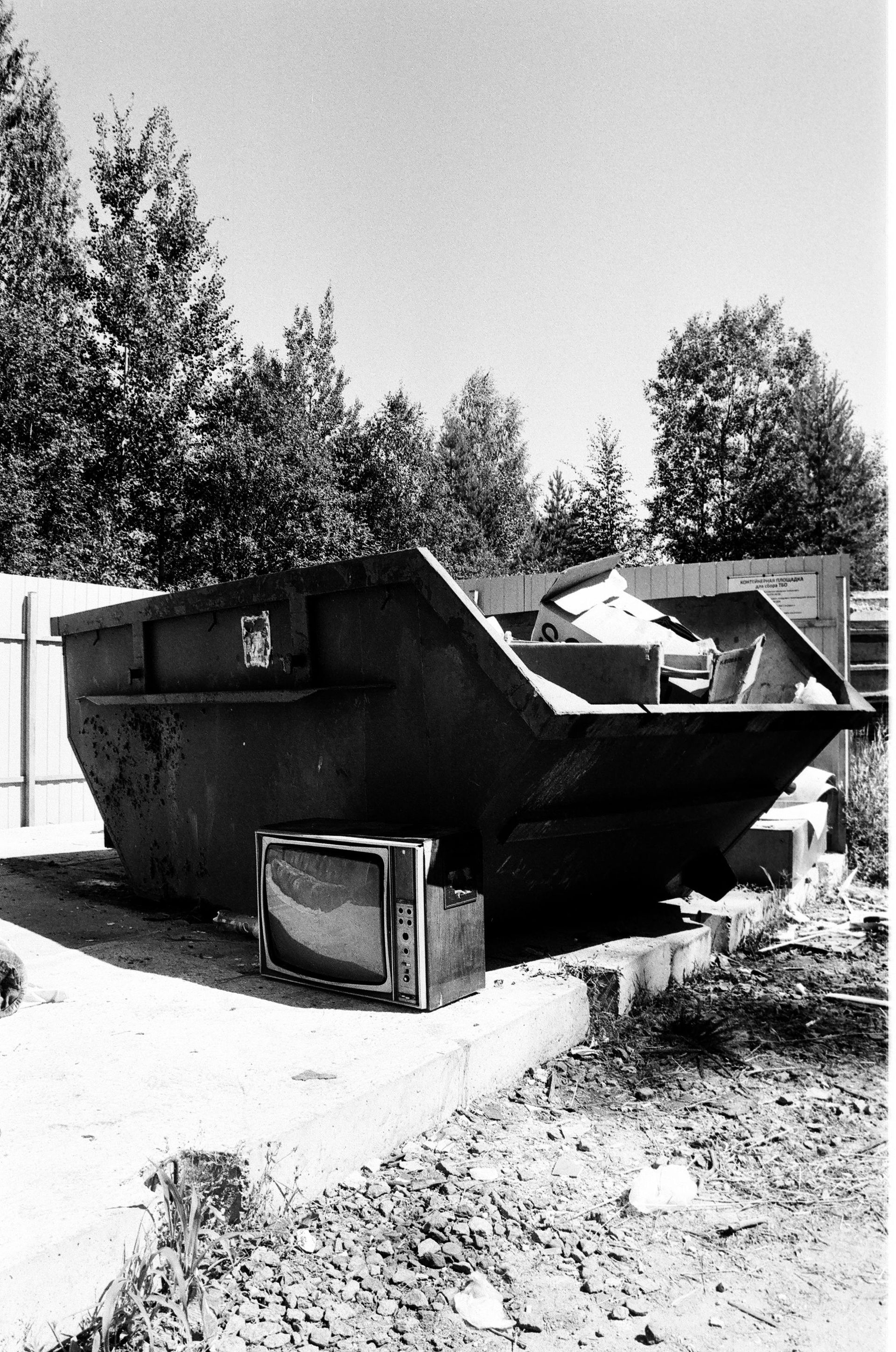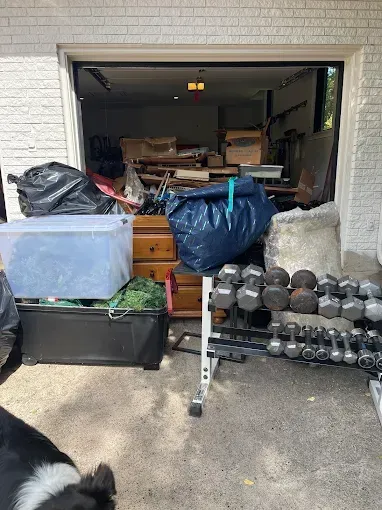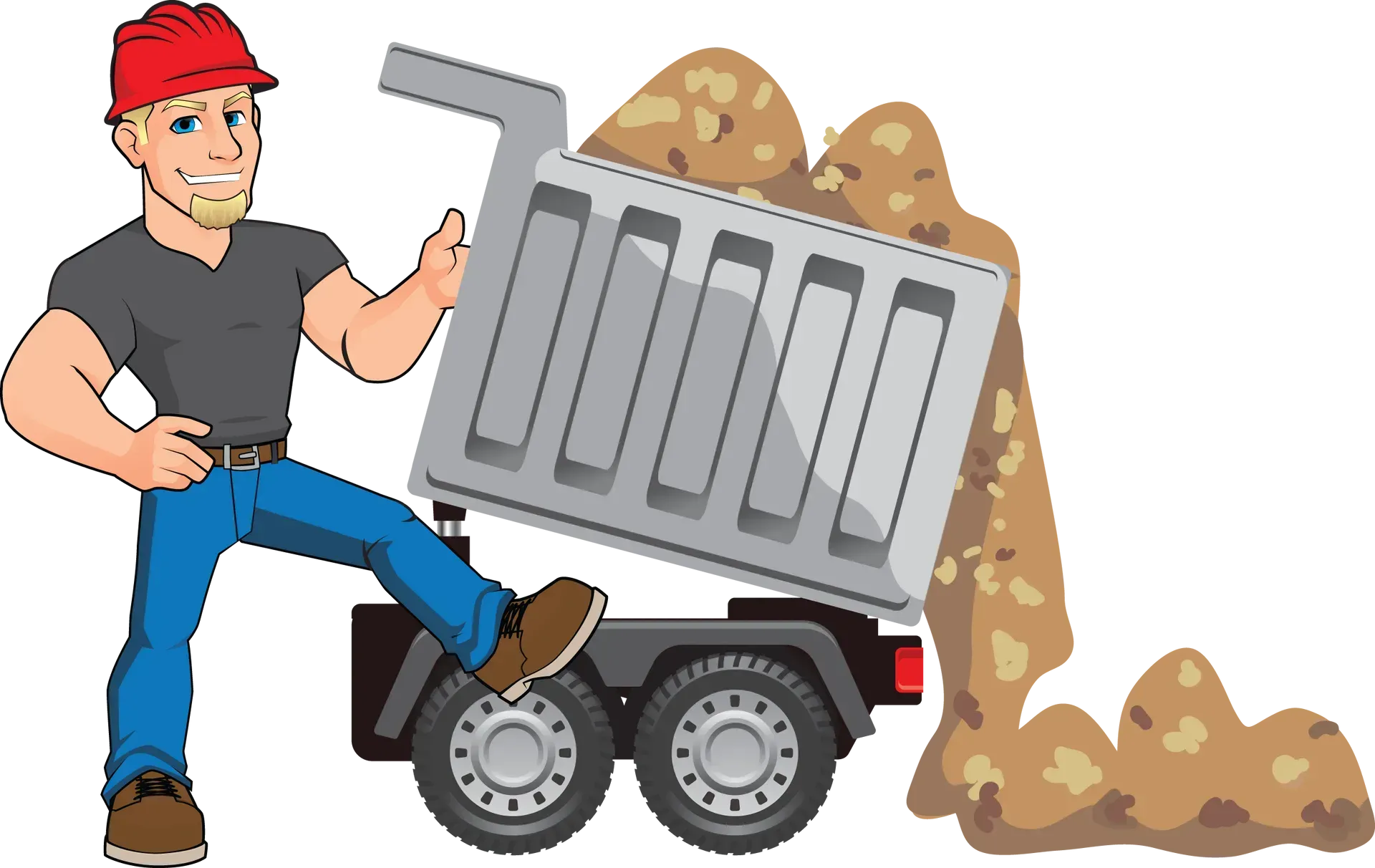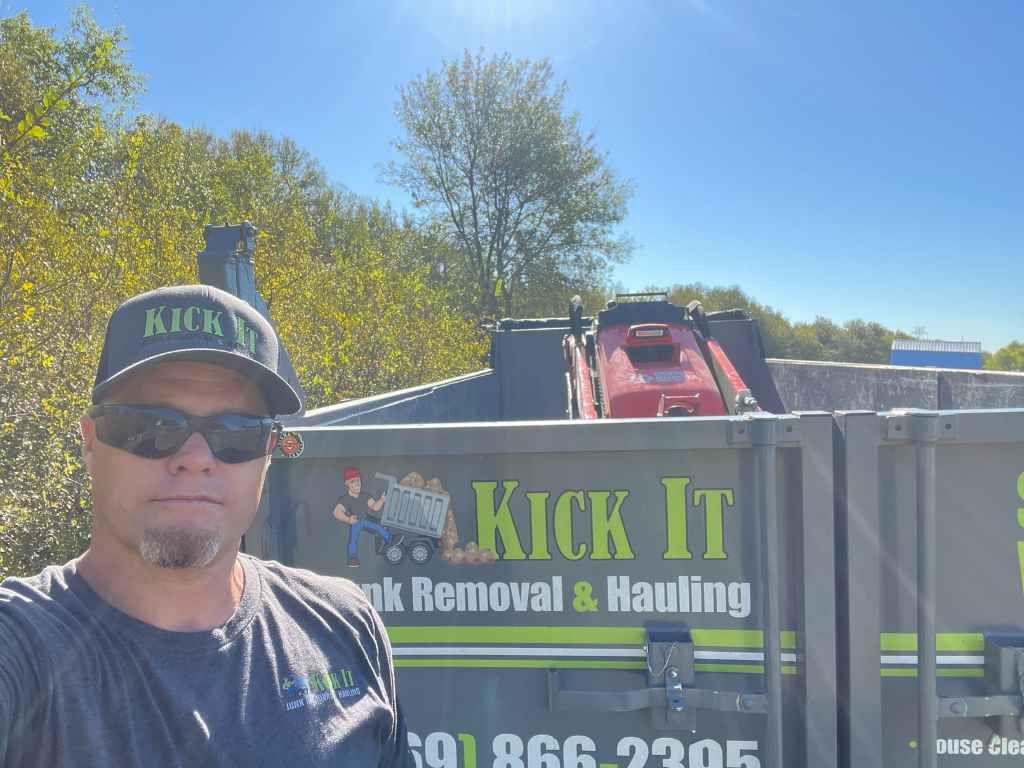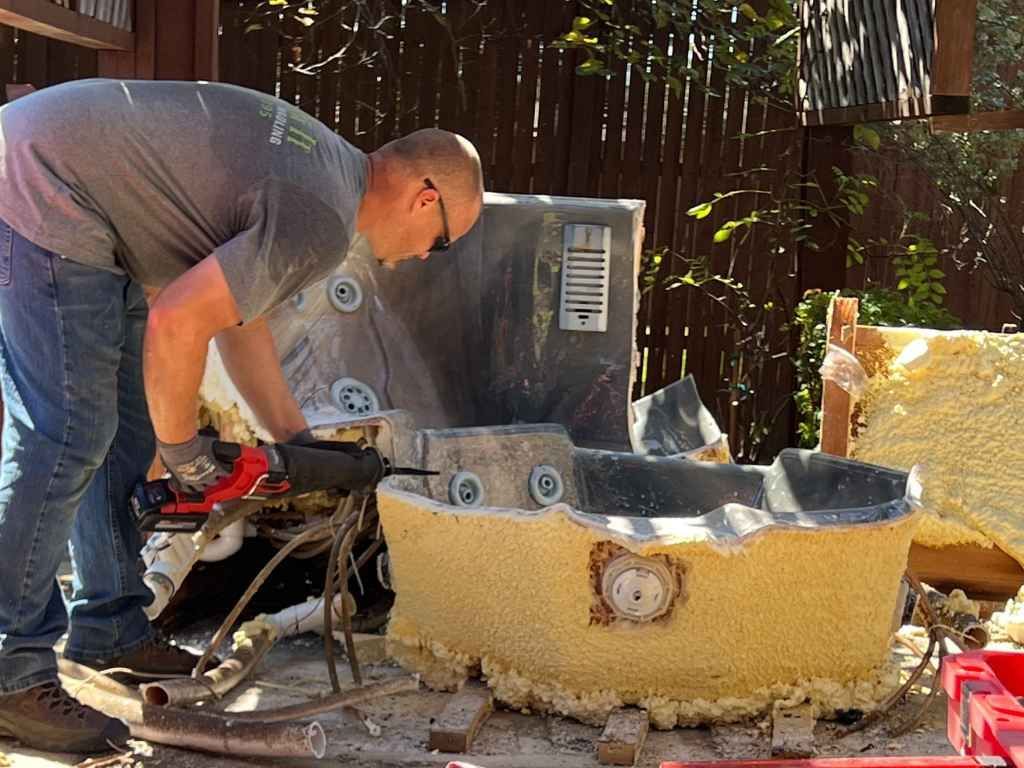What Happens to Your Debris After Demolition Cleanup?
Demolition can be a messy, chaotic process. Whether you're renovating your home, tearing down a building, or clearing land for a new construction project, debris piles up quickly. From broken drywall and crushed concrete to shattered windows and scraps of metal, all that leftover material needs to be dealt with efficiently. But have you ever wondered, what actually happens to that debris once the cleanup crew leaves?
The journey of demolition debris doesn't end with a simple removal. In fact, it's far more intricate, and the path it takes can have a significant impact on the environment, the community, and even your wallet. Understanding this process can help you make informed choices about how to handle your waste during a demolition project, and even how to ensure your debris is disposed of responsibly.
Sorting and Segregating: The First Step
Before debris can be hauled away and sent to a landfill, it must first be sorted. Not all demolition debris is created equal, and much of it can be recycled, repurposed, or reused. Materials like wood, metal, concrete, glass, and certain plastics are often separated into distinct piles. This process is usually carried out by specialized demolition cleanup crews who know exactly how to identify and sort materials that have value beyond mere disposal.
This sorting process plays a critical role in reducing the overall environmental impact of the demolition. Rather than sending everything to the landfill, a large portion of the materials can be processed for recycling or repurposing. For example, steel beams and scrap metal can be sold to recycling centers, where they will be melted down and reused in new manufacturing processes. Concrete can be crushed and used as aggregate for new construction projects, and wood can be repurposed into products like mulch or even turned into new timber for construction.
Transportation: Moving Debris from Site to Disposal
Once the debris has been sorted, it's time for transportation. The materials are typically loaded onto specialized trucks or dumpsters and hauled away to their designated destinations. These may include landfills, recycling facilities, or specialized disposal centers, depending on the type of material. The logistics of transporting debris are more complex than simply picking up a pile of garbage.
The trucks used to carry demolition debris are often much larger and more durable than typical waste collection vehicles. They must be able to withstand the weight and size of demolition materials like concrete and steel, which can be much heavier than household trash. Furthermore, safety measures must be taken to secure the debris during transportation to prevent it from spilling onto public roads or causing accidents.
Interestingly, transportation isn't just about hauling debris to the nearest landfill. Many municipalities and waste management companies are now encouraging or even requiring that demolition materials be sorted and sent to specific recycling centers. This has led to the rise of green waste management practices in the demolition industry, where construction and demolition (C&D) waste is seen as a resource rather than a burden.

Recycling: Breathing New Life into Old Materials
Recycling plays a crucial role in reducing the environmental impact of demolition. The sheer amount of waste generated by demolition projects is staggering, and without recycling, the burden on landfills would be immense. Many materials that would traditionally have been dumped into a landfill can now be recycled or reused, saving natural resources and reducing the need for new raw materials.
Steel and other metals are some of the most common materials recycled from demolition debris. Metals are valuable resources because they can be melted down and reused indefinitely without losing their integrity. Concrete, which is often the largest portion of demolition debris, can also be crushed into smaller pieces and used in various construction applications, such as road base material or even as filler in new concrete mixes.
Wood, once separated from the rest of the debris, can be reused in a variety of ways. It might be repurposed into furniture or new structures, or it can be broken down into mulch for landscaping. Similarly, bricks can be cleaned and reused in new construction or landscaping projects. Even glass can be recycled, turning discarded windows and other glass items into new products like insulation or decorative tiles.
Not all debris is recyclable, of course. Non-recyclable materials are typically sent to landfills or incinerators. But the amount of demolition waste that is now being recycled has drastically increased over the years. This is thanks to more advanced technology in waste processing and a growing awareness of the environmental importance of recycling.
Disposal: The Final Destination
After sorting and recycling, some materials inevitably end up in landfills. While the goal of modern demolition practices is to minimize the amount of waste sent to these landfills, it’s not always possible to avoid them altogether. In many cases, materials like contaminated soil or certain types of construction debris may not be suitable for recycling and will be sent to the landfill for final disposal.
Landfills are designed to handle waste that cannot be recycled. They are carefully managed to minimize their environmental impact, with liners and monitoring systems in place to prevent contamination of surrounding soil and groundwater. However, landfills are still a significant environmental concern. The more materials that can be recycled or repurposed, the fewer materials will need to be sent to landfills, reducing their overall impact on the environment.
A growing trend in demolition is the use of "zero waste" or "low waste" strategies. This means that contractors strive to divert as much debris as possible from landfills, either through recycling or by donating reusable materials. For example, old windows, doors, or appliances that are still in good condition might be donated to charities or sold second-hand.
The Path Your Debris Takes After Demolition Cleanup
After a demolition project, debris doesn’t just vanish. A significant portion of it is carefully sorted into categories like wood, concrete, metals, and glass. Materials that are recyclable or reusable are sent to processing centers, while non-recyclable waste may end up in a landfill. This process helps minimize environmental impact and contributes to sustainability, ensuring that valuable resources are repurposed rather than wasted. The entire process involves planning and cooperation between demolition contractors and waste management services.
Once debris is sorted, transportation is the next step. It’s crucial to have reliable transportation to move materials safely to their appropriate destinations. Some materials, like scrap metal and wood, may be sent to recycling centers, while others could be donated or reused. The goal is to avoid placing unnecessary strain on landfills. Every step, from sorting to transportation, ensures that demolition debris is handled in an eco-friendly manner. This process helps reduce pollution and supports a more sustainable waste management system.
Responsible Disposal of Debris After Demolition Projects
Disposing of demolition debris is a process that requires careful handling and a focus on sustainability. The first step in managing debris is sorting it by type, ensuring that materials like wood, metal, and concrete can be recycled. This not only reduces the amount of waste sent to landfills but also ensures valuable materials are reused in new projects. Specialized demolition services are key to achieving this level of efficiency and environmental responsibility in cleanup projects.
Once sorted, debris is transported to recycling centers or donation facilities, depending on its condition. Some materials can be melted down or repurposed for new construction, while others may be turned into mulch or compost. Although not all demolition debris can be recycled, the process aims to minimize waste as much as possible. By choosing an environmentally-conscious demolition service, you contribute to reducing the long-term environmental impact of your project, supporting a circular economy that reduces waste and encourages material reuse.
The Role of Junk Removal Services
One of the critical players in this process is a professional junk removal service. These companies specialize in efficiently and responsibly handling demolition debris. Rather than relying on the construction team to deal with debris themselves, many homeowners and contractors hire junk removal companies to take care of the cleanup. These companies have the equipment, experience, and know-how to sort and transport debris in the most efficient and environmentally friendly way possible.
A good junk removal company doesn't just haul away the waste; they ensure that the materials are disposed of properly. From recycling and repurposing to responsible disposal, these services are essential for reducing the overall environmental impact of a demolition project. They also save time and money by handling the logistics of waste removal so that you can focus on the next phase of your project.
Conclusion
The process of handling debris after demolition involves a careful, multi-step procedure aimed at minimizing environmental harm and maximizing the value of the materials being disposed of. By sorting and recycling debris, demolition companies and junk removal services play a vital role in reducing the waste that ends up in landfills. Whether through repurposing materials for future use, recycling metals and concrete, or even donating items to those in need, much of the debris from a demolition can be given a second life.
So, the next time you’re involved in a demolition project, whether it’s for a home renovation or a large-scale construction endeavor, consider the journey your debris will take. Choose a junk removal service that aligns with your environmental goals, and rest assured that the waste will be handled responsibly, efficiently, and sustainably.
Kick It Junk Removal & Hauling is committed to helping residents and businesses in Forney, Texas with all of their demolition cleanup needs. If you need a professional junk removal service, reach out to us today. You can contact us at 469-866-2395 or email us at Paul@kickitservices.com for more information. We’re here to help make your cleanup process as smooth and environmentally friendly as possible.
